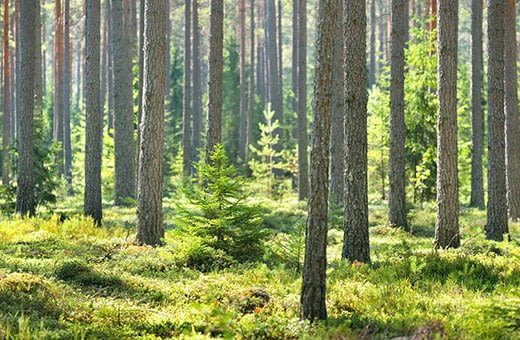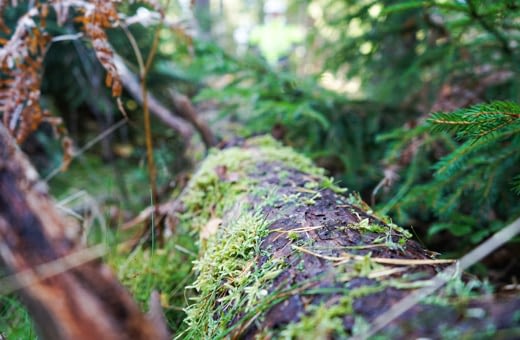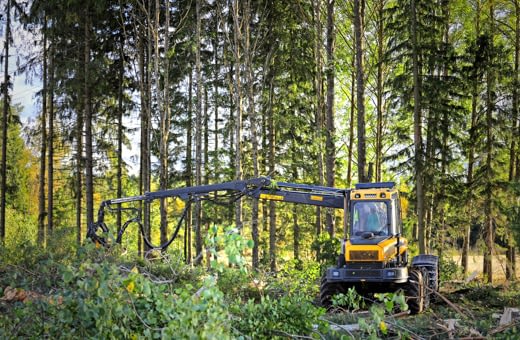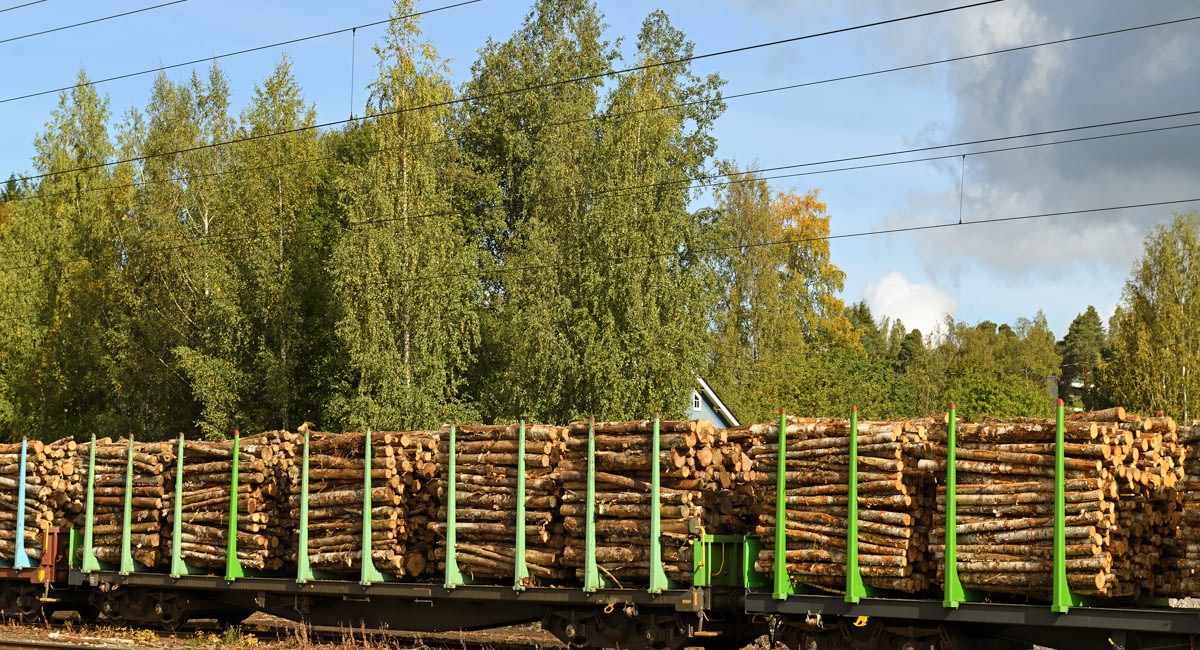We know that the Finnish forest industry has had a strong commitment to sustainable forestry and traceability of our principal raw material wood for a long time now. I sometimes wonder why best practices are not adopted in other sectors and in the supply networks of other product and service categories.
As a non-forester, the level of sophistication in the wood traceability system positively surprises me. Add to that, here in Finland, a robust forestry ecosystem exists consisting of large and small forest companies, private forest owners, forest entrepreneurs, logistics providers, high caliber forestry research and education, and government. This represents a model example where not only the products but also the supply networks are responsible with healthy interactions between the various actors.
As Finnish and other international forest companies look towards new and innovative bio-based products and services, the question beckons: what about the other supply chain? Are companies doing enough about the chemicals they source, logistics services they use, and other non-wood direct and indirect inputs? Although wood is the principal raw material for our industry, a significant amount of money is spent on other raw materials and services. I believe that there are several synergies between traceability systems in wood procurement and sourcing of other items.
A responsible product in the bio economy entails not just responsibility in the origin of fibre, but also the origin of other inputs. Many other sectors find it challenging to trace and manage the multiple layers in their complex supply networks. We seem to have made good progress on the wood part; can we not aim to achieve the same level for the rest of procured raw materials and services?
Responsibility in the ‘other’ supply chain is crucial to integrate responsibility at the heart of developing the bio-economy.







